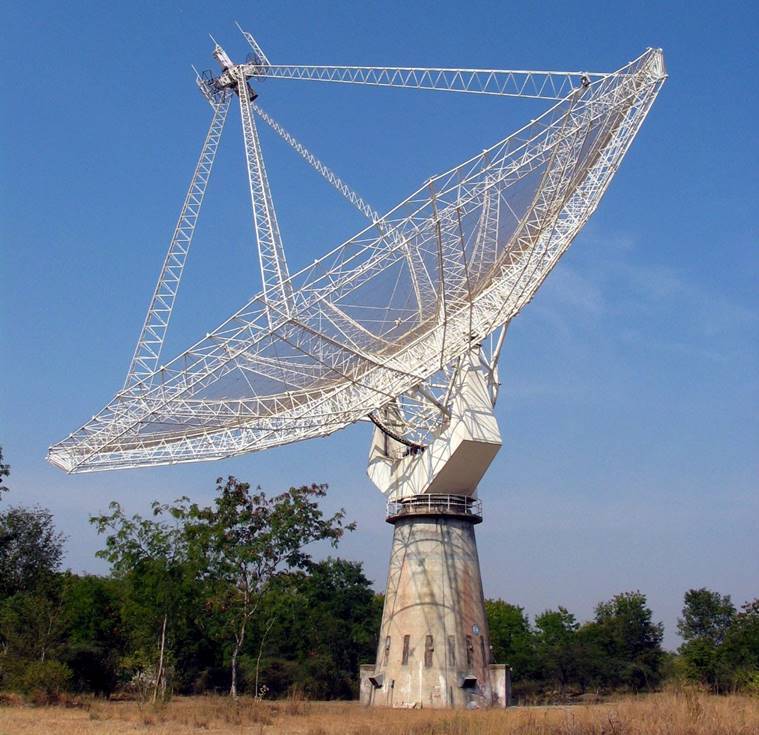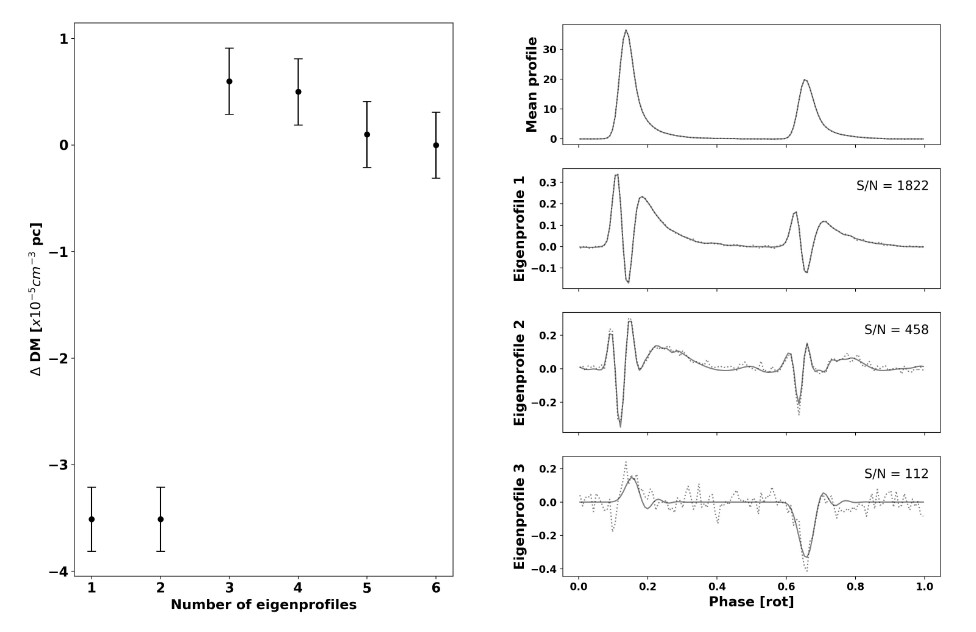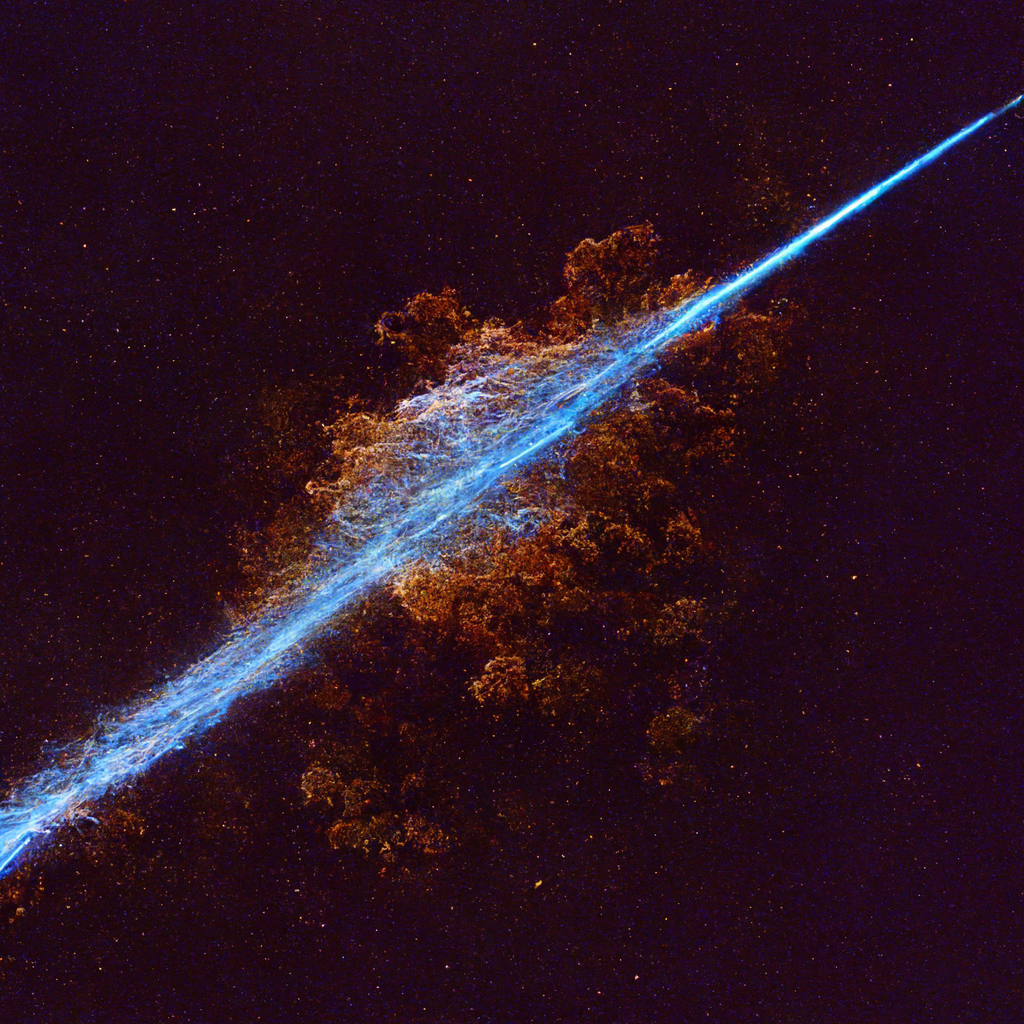Astronomers hunt gravitational waves with ear to black hole symphony
Indian astronomers have released their first set of data that will be vital for an international collaboration to detect extremely weak gravitational waves by listening to the “symphony of black holes in the universe.” Once detected, such low-frequency gravitational waves would provide scientists with a novel look at the universe from a completely new window that was opened in 2015 with the discovery of the first gravitational wave. Read the full article here.

Wide-band Timing
High-precision measurements of the pulsar dispersion measure (DM) are possible using telescopes with low-frequency wideband receivers. We present an initial study of the application of the wideband timing technique, which can simultaneously measure the pulsar times of arrival (ToAs) and DMs, for a set of five pulsars observed with the upgraded Giant Metrewave Radio Telescope (uGMRT) as part of the Indian Pulsar Timing Array (InPTA) campaign.
We obtain high precision in DM measurements with precisions of the order 10-6cm-3pc. The ToAs obtained have sub-μs precision and the root-mean-square of the post-fit ToA residuals are in the sub-μs range. We find that the uncertainties in the DMs and ToAs obtained with this wideband technique, applied to low-frequency data, are consistent with the results obtained with traditional pulsar timing techniques and comparable to high-frequency results from other PTAs. This work opens up an interesting possibility of using low-frequency wideband observations for precision pulsar timing and gravitational wave detection with similar precision as high-frequency observations used conventionally. Read the full article here.

Indian Pulsar Timing Array charts interstellar weather to capture black hole symphony
Indian Pulsar Timing Array recently released its first collection of precise measurements of variations in interstellar weather as part of their efforts to discover ultra-long period Gravitational Waves. This data release stems from three and a half years of observation using the upgraded Giant Metrewave Radio Telescope (uGMRT) operated by NCRA-TIFR near Pune. The uGMRT allows InPTA to do simultaneous observations in multibands recording parallely, giving InPTa the unique strength to measure interstellar electron densities with the highest precisions making a critical addition to the combined international efforts in discovering long-period gravitational waves which could just be hidden... Read More

The uGMRT confirms an unexpected event in millisecond pulsars - the cosmic clocks
A group of nearly 40 astronomers, under the banner of Indian Pulsar Timing Array (InPTA), have provided first time a clear evidence of unexpected changes in a milli-second radio pulsar using the upgraded Giant Metrewave Radio Telescope (uGMRT), informed NCRA (National Centre for Radio Astrophysics) through a press release. Read More
